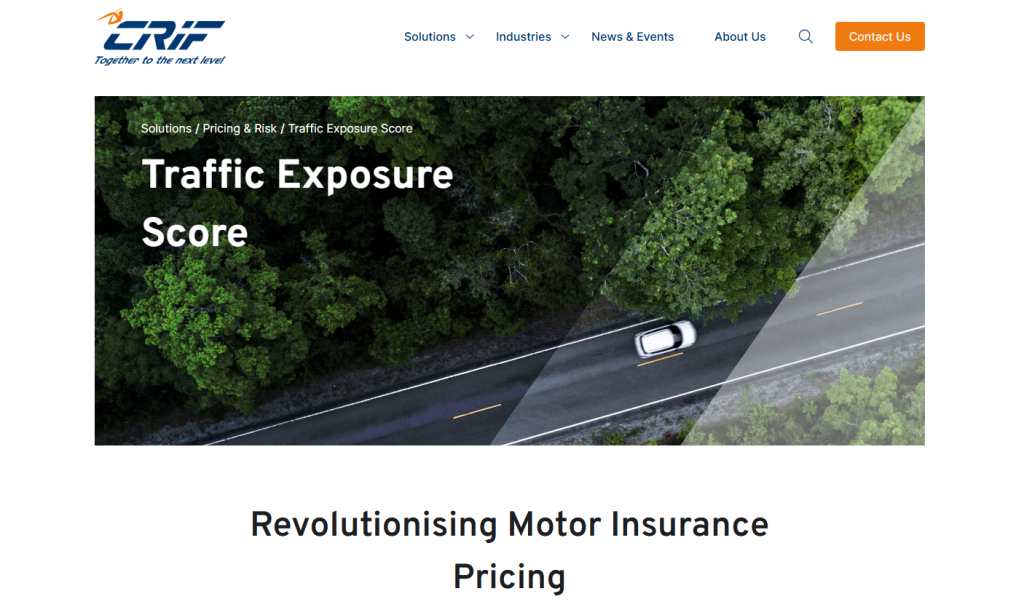CRIF, a global data analytics firm, has introduced its Traffic Exposure Score service in the UK, a tool designed to help insurers make more informed decisions on motor insurance pricing. The service comes at a time when car insurance premiums have surged by 46% over the past year, placing financial strain on motorists and prompting the Association of British Insurers (ABI) to work with the industry to find ways to reduce costs.
The Traffic Exposure Score leverages detailed geographical data to assess the risk associated with a driver’s location and daily commute. By analysing factors such as traffic intensity, accident levels, and the presence of potential hazards like nearby tube stations or busy crossroads, insurers can gain a clearer picture of the risks each motorist may face. This allows for more precise pricing strategies, potentially leading to lower premiums for drivers in low-risk areas.
Sara Costantini, CRIF’s Regional Director for the UK & Ireland, highlighted the importance of this service in the current climate. “It is a difficult time for motorists, with the cost of insurance having increased significantly in the last year alone. This is making it harder for drivers to afford the cover they need, especially those who rely on it for their livelihood. Similarly, for insurers, the rising cost of repairs and parts has driven up premium costs without necessarily increasing margins. The need to utilise data and analytics to take account of external factors like traffic conditions and the type of areas people drive in have therefore never been more crucial.”
The tool provides a granular risk score, ranging from 1 to 14, where a higher number indicates a higher risk. This score is generated by analysing a variety of factors, including the socio-demographic profile of an area, the density of traffic-related points of interest, and the nature of the surrounding environment—be it city centre, suburban, or industrial. The only information insurers need to provide is the driver’s postcode, simplifying the integration of this tool into existing underwriting processes.
CRIF’s Traffic Exposure Score has already been launched in several other European countries, where it has helped insurers improve their loss ratios by between 1.5% and 2.5%. By more accurately identifying potential risks early on, insurers can adjust premiums to reflect the true risk posed by a particular area, helping to prevent undercharging and improve profitability.
This service is not just beneficial for insurers but also for consumers, particularly those living in lower-risk areas. By offering more accurate premiums, CRIF’s tool could lead to fairer pricing, potentially reducing the financial burden on drivers who might otherwise be overcharged due to broader, less precise risk assessments.
The introduction of Traffic Exposure Score in the UK is part of CRIF’s broader strategy to support the insurance and finance industries with advanced data solutions. This launch follows CRIF’s recent moves, including the provision of open banking services to automotive retailers working with BMW Financial Services and the development of ESG Analytics to help insurers meet their sustainability goals.
As the cost of motor insurance continues to rise, tools like CRIF’s Traffic Exposure Score could play a crucial role in balancing the scales, offering insurers a way to better manage risks while potentially easing the financial pressure on drivers across the UK.

